Nostalgia is a powerful emotion that evokes fond memories of the past, often triggering a sense of comfort, happiness, and longing. It has become a potent tool in marketing, product development, and content creation. By tapping into nostalgia, brands can connect with their audience on a deeper emotional level, fostering loyalty and engagement. This article explores the strategies and techniques to create products and content that effectively harness the power of nostalgia.
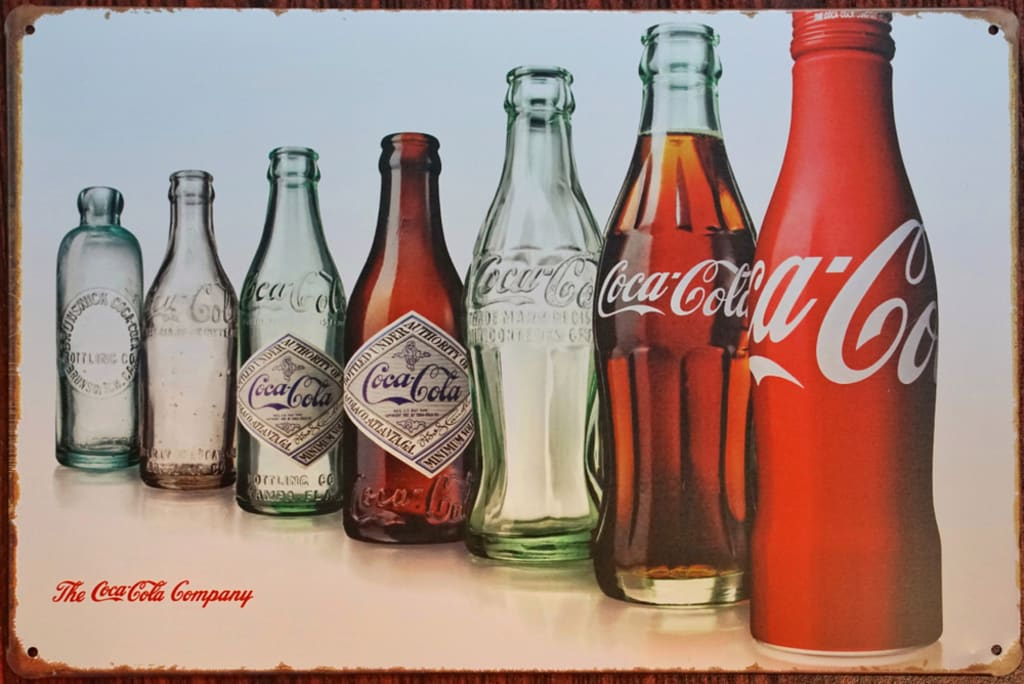
The appeal of nostalgia lies in its ability to blend the past with the present, creating a sense of continuity and identity. From the revival of classic products to the use of retro aesthetics in branding and advertising, the strategic incorporation of nostalgic elements can transform ordinary products and content into cherished experiences. This article explores the various techniques and strategies for creating products and content that effectively harness the power of nostalgia, providing valuable insights for brands looking to connect with their audience on a profound emotional level.
Nostalgia offers a unique way to engage with consumers, blending emotional storytelling and cherished memories to create impactful and memorable brand experiences.
Understanding Nostalgia
Nostalgia is not merely a yearning for the past; it is a complex emotional experience that combines joy, sorrow, and a sense of identity. It often manifests in two forms:
- Personal Nostalgia: Linked to an individual’s own memories and experiences.
- Historical Nostalgia: Refers to a longing for a time period one has not personally experienced but perceives as better or simpler.
To create products and content that evoke nostalgia, it is essential to understand these dimensions and how they resonate with different audiences.
The Psychology of Nostalgia
Nostalgia has several psychological benefits that can be leveraged in marketing and content creation:
- Enhances Mood: Nostalgic memories can improve mood and increase feelings of happiness.
- Increases Social Connectedness: Sharing nostalgic memories can strengthen bonds between people.
- Boosts Self-Continuity: Nostalgia reinforces a sense of identity and continuity over time.
- Reduces Stress: Reflecting on positive past experiences can reduce stress and anxiety.

Identifying Nostalgic Elements
To effectively evoke nostalgia, it is crucial to identify the elements that trigger nostalgic feelings. These can include:
- Music: Songs from a specific era or genre.
- Visuals: Retro aesthetics, old photographs, and vintage designs.
- Fashion: Clothing styles and accessories from past decades.
- Technology: Outdated gadgets and devices that remind people of simpler times.
- Pop Culture: Iconic movies, TV shows, and celebrities from the past.
- Products: Classic toys, food items, and brand packaging.
Strategies for Creating Nostalgic Products
1. Reviving Classic Products
One of the most effective ways to tap into nostalgia is by reviving classic products that have a strong emotional connection with consumers. This can involve re-releasing old favorites or updating them with a modern twist.
Case Study: Nintendo
Nintendo successfully revived its classic gaming consoles with the release of the NES Classic Edition and SNES Classic Edition. These mini consoles pre-loaded with classic games appealed to both older gamers who grew up with the originals and younger audiences curious about retro gaming.
2. Retro Branding and Packaging
Retro branding and packaging can evoke a sense of nostalgia by visually reminding consumers of the past. This approach can be particularly effective for food and beverage products.
Case Study: Coca-Cola
Coca-Cola periodically releases limited-edition bottles and cans with vintage designs. These nostalgic packaging campaigns tap into consumers’ fond memories of the brand and create a sense of heritage and authenticity.
3. Limited-Edition Releases
Limited-edition releases create a sense of exclusivity and urgency, encouraging consumers to act quickly to obtain a piece of their nostalgic past.
Case Study: Nike
Nike often releases limited-edition versions of its classic sneaker designs, such as the Air Jordan series. These releases generate excitement and tap into the nostalgia of sneaker enthusiasts who remember the original launches.
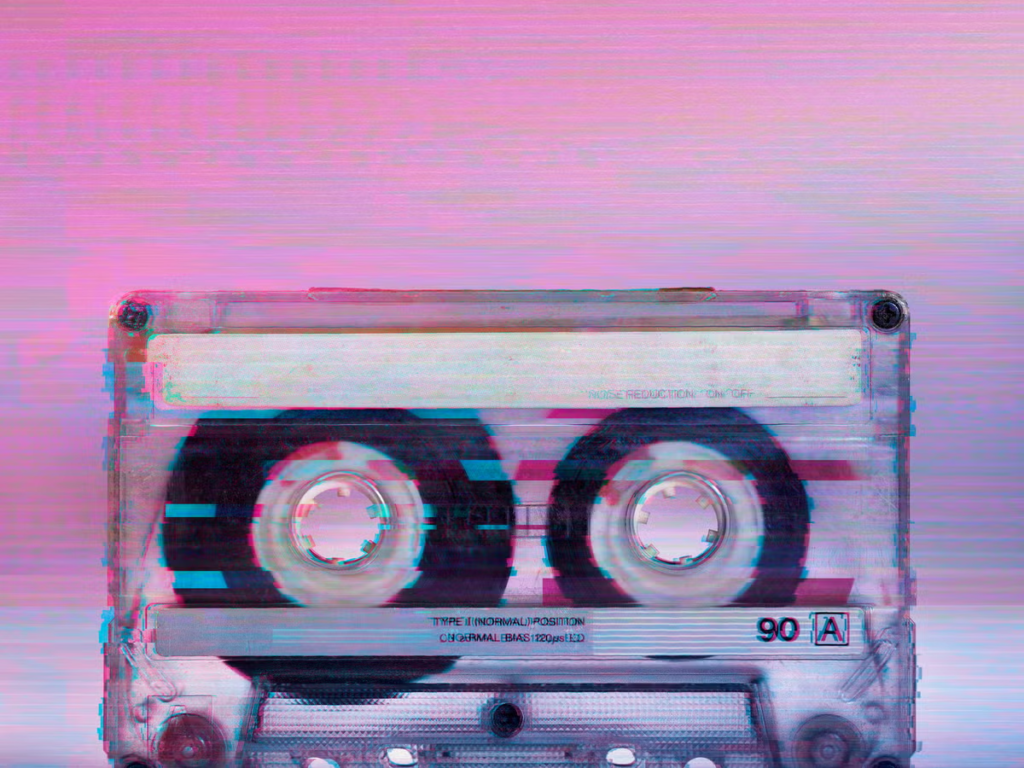
Strategies for Creating Nostalgic Content
1. Storytelling
Storytelling is a powerful tool for evoking nostalgia. By creating narratives that reflect universal experiences and emotions, brands can connect with their audience on a deeper level.
Example: Pixar’s “Toy Story” Series
The “Toy Story” movies are beloved for their ability to evoke nostalgia. The films explore themes of childhood, growing up, and the passage of time, resonating with both children and adults.
2. Reminiscent Visuals and Music
Using visuals and music that are reminiscent of a specific era can instantly transport viewers back in time.
Example: Stranger Things
The TV show “Stranger Things” masterfully uses 1980s pop culture references, music, and visual aesthetics to evoke nostalgia. Its success lies in its ability to appeal to both those who lived through the 80s and younger audiences fascinated by the era.
3. User-Generated Content
Encouraging users to share their own nostalgic memories and experiences can create a sense of community and engagement around a brand.
Example: #ThrowbackThursday
The social media trend #ThrowbackThursday encourages users to post old photos and memories every Thursday. Brands can leverage this trend by encouraging followers to share nostalgic content related to their products.

Integrating Nostalgia into Marketing Campaigns
1. Emotional Advertising
Emotional advertising leverages nostalgia to create ads that resonate deeply with viewers, making them more memorable and impactful.
Example: John Lewis Christmas Ads
John Lewis, a British department store, is known for its emotionally charged Christmas ads. These ads often feature nostalgic themes, such as childhood memories and family traditions, creating a strong emotional connection with viewers.
2. Social Media Campaigns
Social media is an ideal platform for nostalgic marketing campaigns, allowing brands to engage directly with their audience and encourage user participation.
Example: #ShareACoke
Coca-Cola’s #ShareACoke campaign personalized Coke bottles with popular names, encouraging people to find bottles with their names and share their memories on social media. The campaign tapped into personal nostalgia and created a sense of connection and community.

3. Influencer Partnerships
Collaborating with influencers who have a nostalgic connection to a brand can amplify the reach and impact of a nostalgic marketing campaign.
Example: Adidas and Run-D.M.C.
Adidas partnered with the iconic hip-hop group Run-D.M.C. to revive its classic Superstar sneakers. The collaboration tapped into the nostalgia of fans who remembered the group’s influence in the 1980s, while also introducing the brand to new audiences.
Techniques for Effective Nostalgic Content Creation
4. Incorporating Iconic Characters and Symbols
Characters, mascots, and symbols from the past often hold significant nostalgic value. By reintroducing these elements in new content or products, brands can evoke fond memories and build a bridge between past and present.
Example: McDonald’s
McDonald’s has successfully leveraged its iconic character, Ronald McDonald, and other symbols such as the Golden Arches, in various marketing campaigns over the years. By occasionally bringing back vintage Happy Meal toys or reintroducing popular characters, McDonald’s keeps the nostalgia alive.
5. Utilizing Popular Culture References
References to popular culture from specific time periods can be a powerful way to tap into nostalgia. These can include quotes from movies, TV shows, or popular catchphrases from the past.
Example: Spotify’s Playlists
Spotify often creates playlists that cater to different eras and genres, such as “90s Throwback” or “80s Hits.” These playlists attract users who are nostalgic for the music they grew up with, creating a personal and emotional connection to the service.
6. Creating Retro-Inspired Content
Retro-inspired content can take many forms, from the aesthetic of the visuals to the storytelling approach. By creating content that feels like it belongs to a bygone era, brands can evoke a strong sense of nostalgia.
Example: “La La Land”
The movie “La La Land” successfully tapped into nostalgia with its retro-inspired musical numbers, costumes, and cinematography. It paid homage to classic Hollywood musicals, appealing to audiences who appreciate both modern and classic film styles.
Leveraging Technology for Nostalgic Marketing
1. Augmented Reality (AR) and Virtual Reality (VR)
AR and VR technologies can be used to recreate past experiences or environments, allowing users to relive their memories in an immersive way.
Example: TimeHop
TimeHop is an app that helps users relive memories by showing them what they posted on social media on the same day in previous years. This digital nostalgia helps users reflect on their personal history and share it with friends.
2. Social Media Engagement
Social media platforms are ideal for nostalgic marketing campaigns. By encouraging users to share their own nostalgic memories and experiences, brands can create a sense of community and engagement.
Example: Facebook’s “On This Day” Feature
Facebook’s “On This Day” feature shows users their posts from the same date in previous years. This feature taps into personal nostalgia, encouraging users to reflect on their past and engage with old memories.
3. Gamification
Gamification can be used to create nostalgic experiences by incorporating elements of classic games or retro gaming styles.
Example: Google Doodles
Google occasionally creates interactive Doodles based on classic games or historical events, allowing users to engage with nostalgic content in a playful way. For example, the Pac-Man Google Doodle was a huge hit, bringing back memories of the classic arcade game.
Crafting Nostalgic Experiences in Retail and E-commerce
1. Pop-Up Shops and Events
Pop-up shops and events themed around nostalgia can create a memorable and immersive experience for customers.
Example: Friends Pop-Up Experience
The Friends Pop-Up Experience allowed fans of the iconic TV show to visit replicas of the show’s sets and purchase themed merchandise. This experience tapped into fans’ nostalgia for the show, creating a unique and engaging event.
2. Limited-Time Offers and Collectibles
Limited-time offers and collectible items can generate excitement and urgency, encouraging customers to engage with nostalgic products.
Example: Starbucks’ Holiday Cups
Starbucks releases limited-edition holiday cups each year, often featuring nostalgic designs that remind customers of past holidays. These cups become collectible items and create a sense of anticipation and excitement.
3. Storytelling Through Product Descriptions
Using storytelling in product descriptions can evoke nostalgia by highlighting the history and heritage of a product.
Example: Levi’s
Levi’s often includes stories about the history of their jeans in product descriptions, emphasizing their long heritage and the role their products have played in shaping fashion over the decades. This approach creates a sense of nostalgia and authenticity.
Balancing Nostalgia with Innovation
While nostalgia can be a powerful tool, it is important to balance it with innovation to ensure that products and content remain relevant and appealing to modern audiences.
1. Blending Old and New
Blending nostalgic elements with modern technology or design can create a unique and appealing product.
Example: Polaroid Instant Cameras
Polaroid has successfully reintroduced its instant cameras by blending the classic design and instant photo experience with modern features like digital integration and new film types. This approach appeals to both nostalgic customers and new users looking for a unique photography experience.
2. Innovating Classic Products
Updating classic products with new features or designs can attract both nostalgic customers and new audiences.
Example: Volkswagen Beetle
Volkswagen reintroduced the Beetle with a modern design while retaining the iconic shape and feel of the original. This blend of nostalgia and innovation helped the car appeal to a wide range of customers.
3. Creating Nostalgic Future Memories
Designing products and content that will be remembered fondly in the future can also be a strategic approach. This involves creating memorable experiences that customers will look back on with nostalgia.
Example: Disney Theme Parks
Disney Theme Parks create magical experiences that are designed to be remembered for a lifetime. By crafting immersive and enchanting experiences, Disney ensures that visitors will look back on their visits with fond memories, creating future nostalgia.
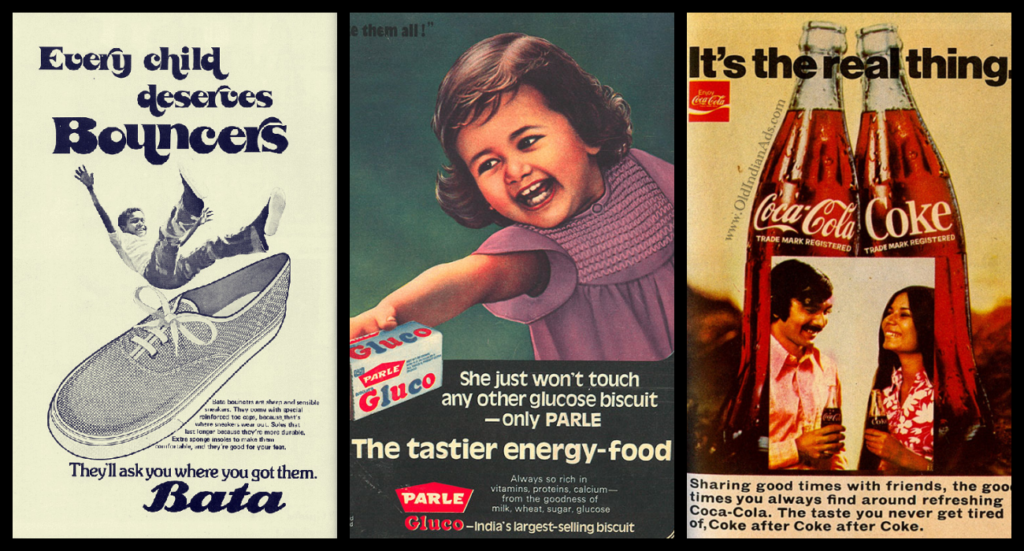
Measuring the Impact of Nostalgic Marketing
To effectively leverage nostalgia, it is important to measure its impact on your audience and adjust your strategies accordingly.
1. Customer Feedback and Surveys
Gathering customer feedback and conducting surveys can provide valuable insights into how nostalgic elements are resonating with your audience.
Example: NPS Surveys
Net Promoter Score (NPS) surveys can help gauge customer satisfaction and loyalty, indicating how well your nostalgic marketing efforts are working.
2. Social Media Analytics
Analyzing social media engagement metrics can reveal how well nostalgic content is performing and how it is being received by your audience.
Example: Hashtag Analysis
Tracking the performance of nostalgic hashtags, such as #ThrowbackThursday, can provide insights into the reach and engagement of your nostalgic campaigns.
3. Sales and Conversion Rates
Monitoring sales and conversion rates can help determine the effectiveness of nostalgic product launches and marketing campaigns.
Example: Limited-Edition Product Sales
Tracking the sales of limited-edition nostalgic products can reveal how well they are resonating with customers and driving revenue.
Call to Action
Brands looking to tap into the powerful emotion of nostalgia should start by understanding their audience and identifying the elements that trigger nostalgic feelings. Whether through product design, marketing campaigns, or content creation, the strategic use of nostalgia can create a lasting emotional connection with consumers. By balancing nostalgia with innovation and authenticity, brands can not only celebrate the past but also inspire the future.
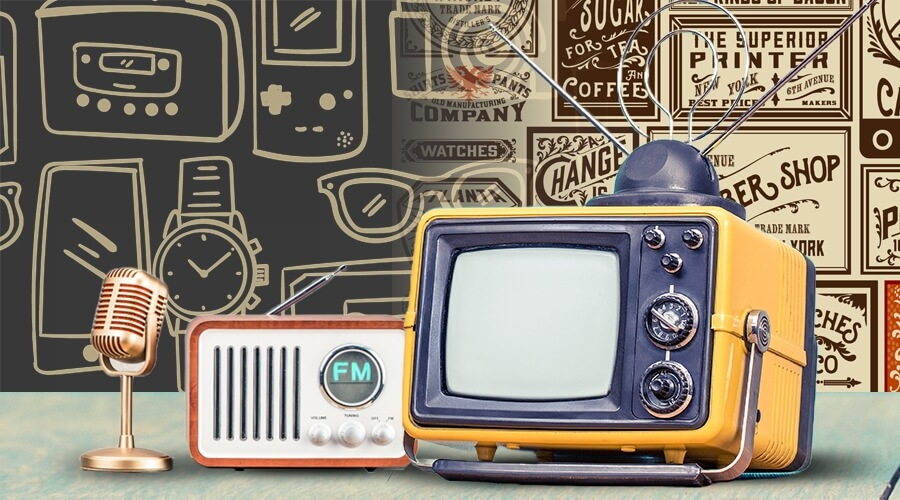
Challenges and Considerations
While nostalgia can be a powerful tool, it is important to approach it thoughtfully and authentically. Here are some challenges and considerations:
- Avoiding Over-Reliance: Over-reliance on nostalgia can make a brand seem outdated. It is important to balance nostalgic elements with modern innovations.
- Authenticity: Consumers can quickly detect inauthentic attempts to evoke nostalgia. Ensure that nostalgic elements are genuine and relevant to the brand’s history and values.
- Cultural Sensitivity: Nostalgic references may not resonate with all audiences and can sometimes exclude or alienate certain groups. Be mindful of cultural differences and diverse perspectives.
Conclusion
In a fast-paced world where new trends constantly emerge, the timeless appeal of nostalgia offers a unique way to connect with consumers on a deeper level. By thoughtfully integrating nostalgic elements into their products and content, brands can create experiences that resonate across generations, fostering loyalty and enduring emotional bonds. As nostalgia continues to captivate audiences, the brands that master this art will stand out in the marketplace, offering not just products or content, but a journey back to cherished moments and a promise of more to come.
Creating products and content that tap into nostalgia is a powerful strategy for building emotional connections with your audience. By understanding the psychology of nostalgia and identifying the elements that trigger nostalgic feelings, brands can create memorable and impactful experiences. Whether through reviving classic products, using retro aesthetics, or leveraging emotional storytelling, the possibilities for tapping into nostalgia are vast. By balancing nostalgia with innovation and measuring its impact, brands can create a lasting and meaningful connection with their audience.
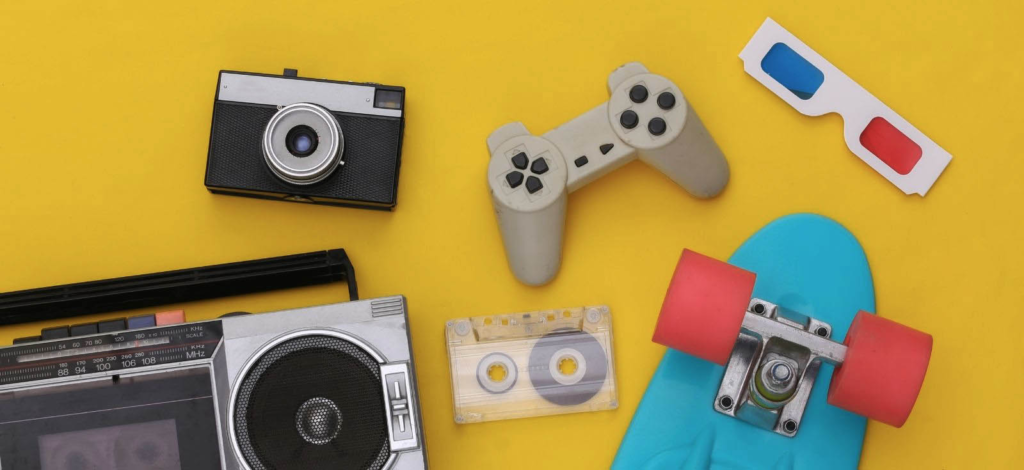
Creating products and content that tap into nostalgia is an art that requires a deep understanding of the target audience and the emotional triggers that evoke fond memories. By strategically incorporating nostalgic elements into branding, product development, and marketing campaigns, brands can create powerful connections with their audience, fostering loyalty and engagement. Whether through reviving classic products, using retro visuals and music, or leveraging emotional storytelling, the possibilities for tapping into nostalgia are vast and varied. By doing so thoughtfully and authentically, brands can harness the timeless appeal of the past to create a meaningful impact in the present.
For more such content, keep visiting QAWire


